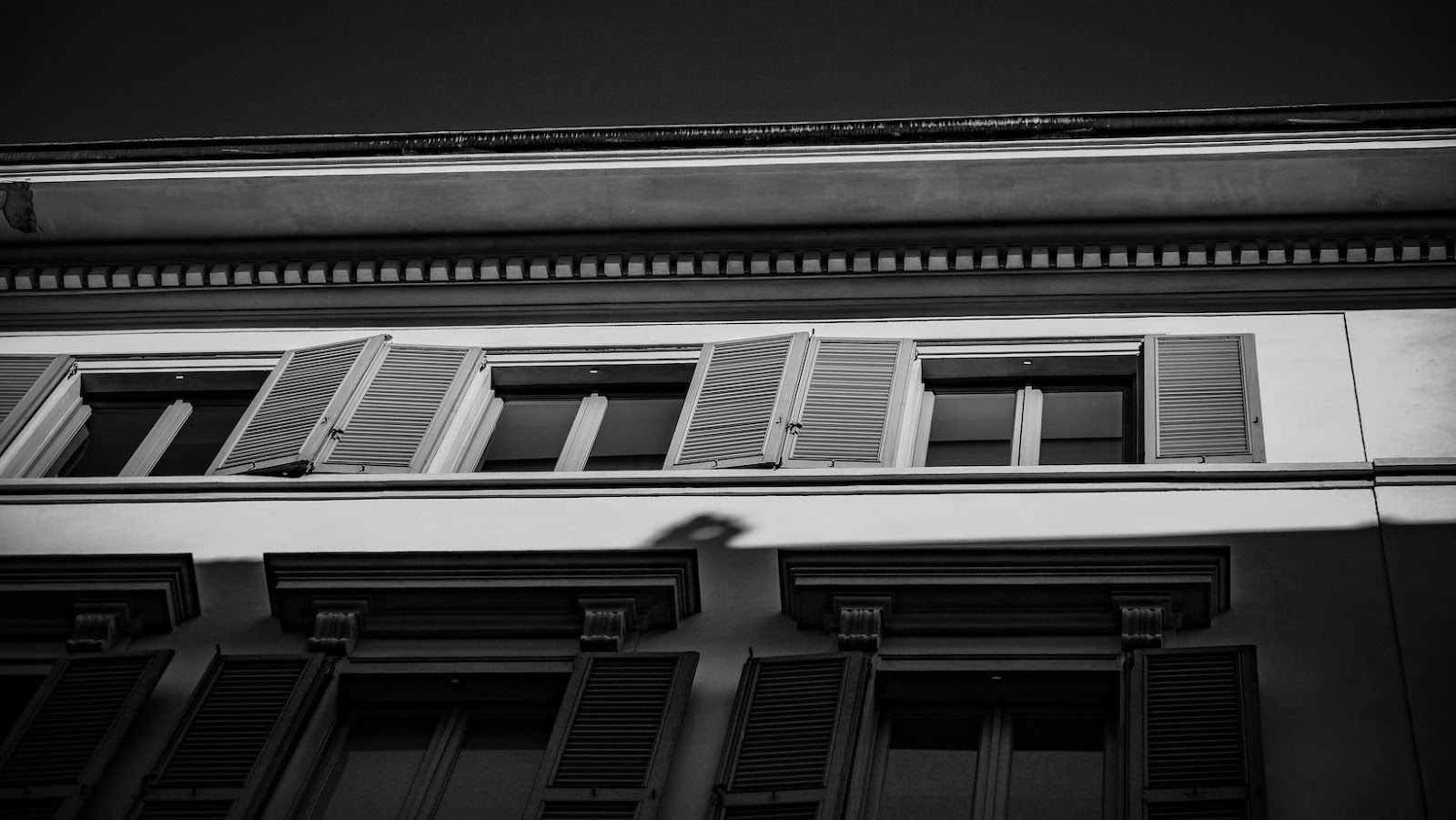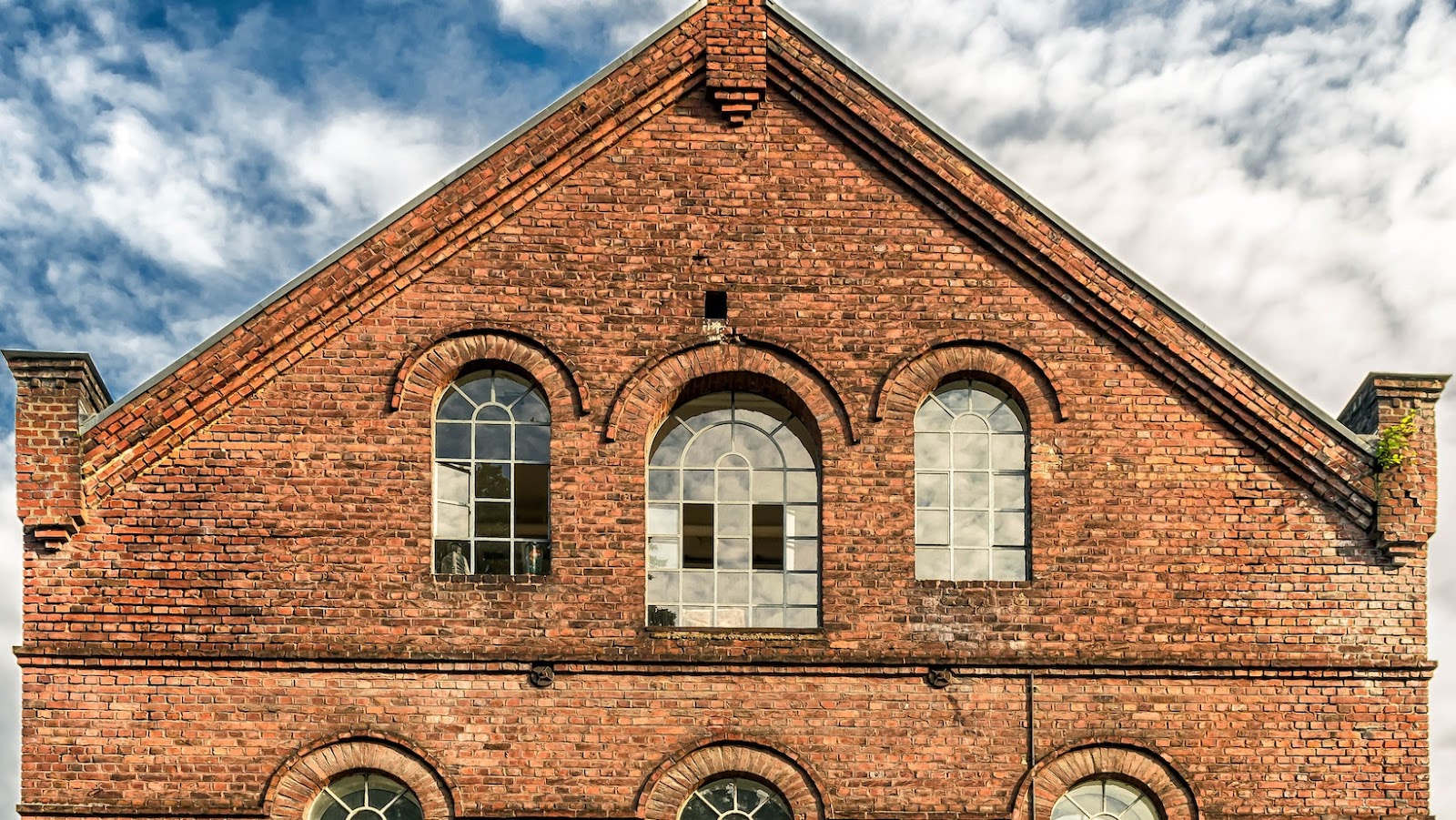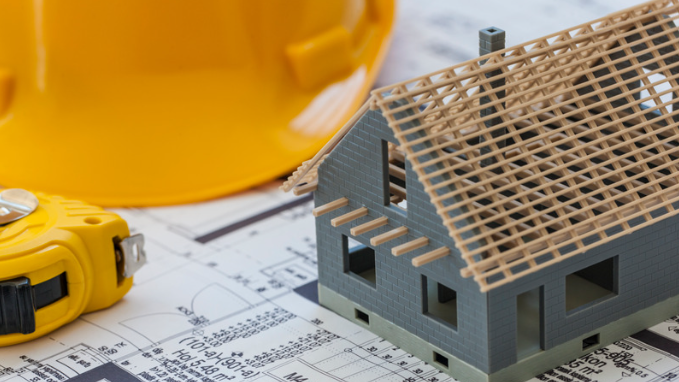Frame house construction is a popular building method that uses wooden frames to construct the walls and roof of a house. It is a more lightweight alternative to more traditional construction methods, such as building with bricks.
With frame house construction, different materials can be used to construct the frame, such as wood, metal, or concrete. Let’s explore the materials that are used in frame house construction and compare them to the materials used in brick house construction.
Wood as the Main Building Material in Frame Houses
Wood is the most commonly used building material in frame house construction, as it’s lightweight, cost-effective, and renewable.
Here are some of the benefits of using wood in frame house construction:
Durability: Wood is a durable material that can withstand harsh weather conditions and last for many years.
Flexibility: Wood can be easily cut, shaped, and assembled to fit any design or architectural style.
Energy-Efficient: Wood has natural insulating properties, making it an energy-efficient choice for frame house construction.
Sustainable: Wood is a renewable resource that can be sustainably sourced and grown over time, making it an eco-friendly choice for frame house construction.
In contrast, brick is a more expensive building material that requires skilled labor to install and has a heavier environmental footprint.

Pro tip: When choosing a building material for your frame house, consider the cost, durability, energy-efficiency, and environmental impact of your selection.
Types of Wood Used for Frame Building Construction
Wood is the most common and versatile material used in frame house construction, and there are several different types of wood that are best suited for building frames.
Here are the most popular types of wood used for frame building construction:
Douglas Fir: This is the most commonly used wood for framing because of its strength, durability, and affordability. It can be found in most areas of North America.
Redwood: This wood has natural oils that help resist weathering and decay, making it a popular choice for outdoor framing projects. It’s found primarily in the Pacific Northwest region of the US.
Cedar: Like redwood, cedar has natural oils that resist decay and insect infestations. It’s found in coastal areas of the US and Canada.
Pine: Pine is a softwood that is lightweight and easy to work with, making it a good choice for interior framing. It’s found in most areas of North America.
Spruce: Spruce is a lightweight softwood that is popular for framing due to its strength and affordability. It’s commonly found in the northern regions of North America.
When compared to brick construction, frame house construction using wood is more affordable, versatile, and easier to work with, making it a popular choice among homeowners and builders.
Other Materials Commonly Used in Frame House Construction
Frame house construction involves the use of materials that are designed to be sturdy, lightweight, and long-lasting. Some commonly used materials in frame house construction include:
1. Wood: This is the most commonly used material in framing construction due to its easy accessibility, strength, and lightweight nature. It can be easily transported to the construction site and cut to size.
2. Concrete blocks: Although not as common as wood, concrete blocks can be used to create a strong and sturdy foundation for a frame house. They are fire and weather-resistant and can support the weight of a frame house.
3. Steel: Steel is used for framing when high strength is required. Steel framing members are lightweight and strong, making them ideal for constructing buildings that need to be resistant to natural disasters.
4. Engineered wood: These are wood products that have been engineered to be stronger, more durable, and more resistant to moisture than traditional wood. Examples include plywood, oriented strand board (OSB), and laminated veneer lumber (LVL).
While frame house construction has its benefits, it is important to note that it is not as fire-resistant as brick construction. Pro Tip: Make sure to choose the right materials based on the needs of your project and the environment it will be in.
Frame House Construction vs Brick
Frame house construction and brick construction both have distinct advantages and disadvantages. People are often confused when choosing between the two when it comes to building a house.
In this article, we will compare the two materials and discuss their advantages and disadvantages. This will help you make the best decision when it comes to the material to use in your house construction.

Cost Differences Between Frame House Construction vs Brick
The cost differences between frame house construction and brick construction depend on several factors such as labor, materials, and energy efficiency.
Frame House Construction: This type of construction is generally less expensive than brick, with lower material and labor costs. However, wooden frames are more susceptible to damage from insects and natural disasters and have a shorter lifespan than brick.
Brick Construction: Brick construction is more expensive than frame construction due to higher material and labor costs. However, bricks are more durable and can last for centuries. They also offer better insulation, making them more energy-efficient and cost-effective in the long run.
It is important to consider the climate, location, and overall aesthetic of the structure before deciding on a construction material.
Energy Efficiency of Frame House Construction vs Brick
When it comes to energy efficiency, frame house construction has its advantages over brick construction because of the materials used.
Frame house construction typically uses wood or steel frames filled with insulation, while brick construction uses solid brick or concrete blocks.
The insulation in frame house construction provides better thermal resistance, reducing heat loss/gain through walls and improving energy efficiency. In contrast, brick construction has high thermal mass, meaning it stores heat but does not necessarily prevent the transfer of heat like insulation does.
Therefore, for energy efficiency, frame house construction is a better choice than brick construction.
Pro tip: Consider other factors like geographic location, climate, and architectural style before deciding the construction of your house.
Environmental Impact of Frame House Construction vs Brick
Frame house construction and brick construction have different environmental impacts due to the materials used. Brick construction has a smaller environmental impact compared to frame house construction. While brick is a more sustainable option, it’s also more costly.
Brick has a higher thermal mass than wood, which means that it can absorb and store heat more effectively. As a result, brick homes are more energy-efficient, requiring less heating and cooling than wood. Additionally, brick is naturally fire-resistant and doesn’t rot or decay, so it doesn’t need regular upkeep or treatments, reducing maintenance costs and waste.
While frame house construction is cheaper and quicker to build, it uses wood that comes from non-sustainable sources, contributing to deforestation, and has a smaller lifespan.Commonly, houses made in this manner require more maintenance and regular treatments to avoid damage from termites and other pests, which create waste.
In conclusion, while frame house construction may be a cheaper and faster option, brick construction is more environmentally friendly and sustainable in the long run.
